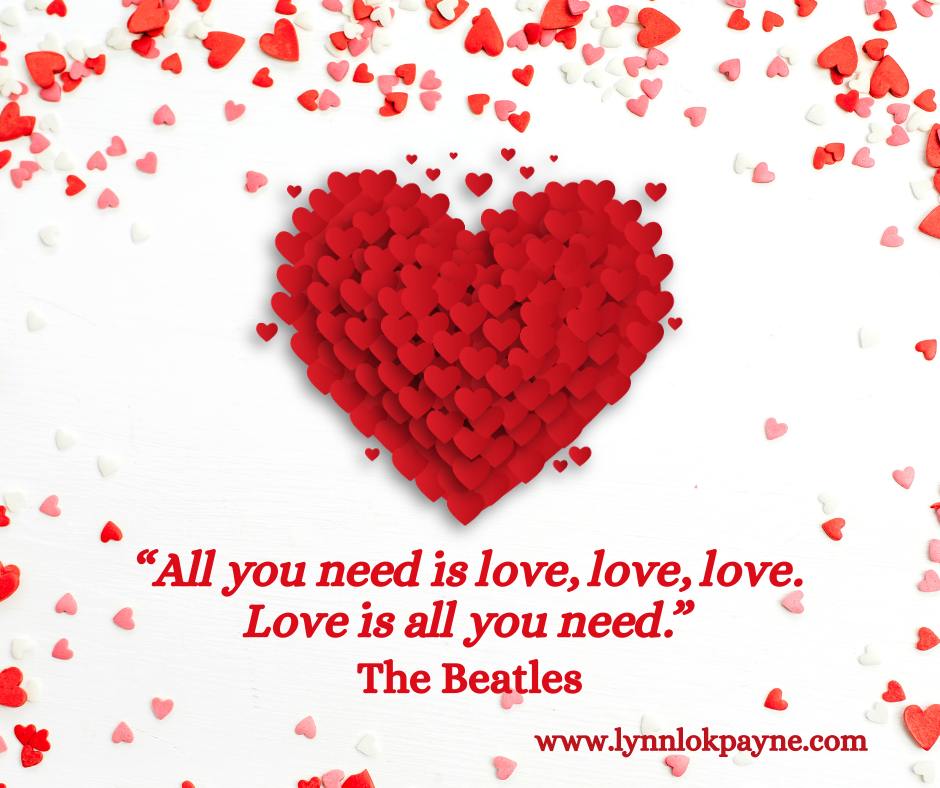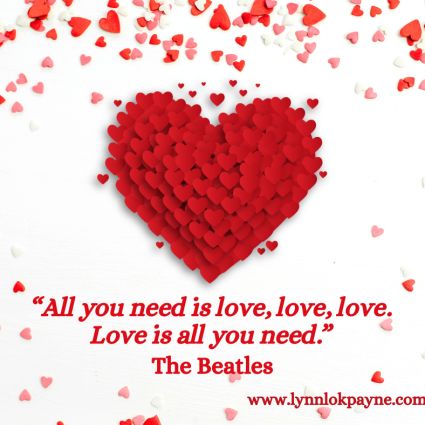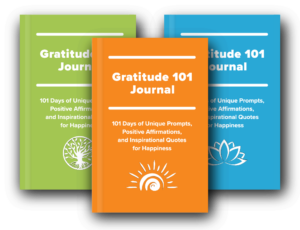
Love is a universal language, but did you know that it can be spoken in different dialects?
Dr. Gary Chapman’s groundbreaking concept of “Love Languages” has transformed the way we perceive and express love in our relationships. Today we’ll delve into the five love languages and explore how recognizing and speaking these languages can enhance the depth and quality of your connections.
The Five Love Languages
Dr. Chapman identifies five primary love languages, each representing a unique way individuals express and experience love. Understanding these languages can be a game-changer in relationships. Many of us can have more than one love dialect, but usually there is a primary one. Find out below which one resonates most with you and your partner.
1. Words of Affirmation
People with this love language value verbal expressions of love and appreciation. Simple words of encouragement, compliments, and expressions of affection are powerful communicators for them. If this is your partner’s dialect, say “I love you,” “Wow, that looks great,” or “Thank you for doing that,” more often. Even a post-it-note written from the heart can go a long way to show them that you care.
2. Acts of Service
For individuals with this group, actions speak louder than words. Small gestures, helpful acts, and thoughtful deeds demonstrate love and care more effectively than verbal affirmations. For this group, doing someone’s chores or helping out will show your appreciation.
3. Receiving Gifts
Some people feel loved through the giving and receiving of tangible gifts. These don’t need to be extravagant; it’s the thought and effort behind the gift that matters most. Give them a card, a flower, or morning coffee demonstrates that you are thinking of them.
4. Quality Time
Quality time involves undivided attention and meaningful conversations. Those in this group prioritize spending time together, creating shared experiences that deepen their emotional connection. So instead of buying a gift, take them to lunch, go for a hike, or watch a sunset. The key here is to give them your full focus and attention. This shows how important they are to you.
5. Physical Touch
Physical touch is the primary love language for some individuals. Hugs, kisses, handholding, and other physical expressions of affection are vital for conveying love and intimacy. So kiss them in the morning and night, touch their arm when you’re watching tv, or hold hands on a walk.
Discovering Your Love Language
Understanding your own love lingo is as important as recognizing your partner’s. Reflect on your preferences and consider which expressions of love resonate with you the most. The official Love Languages quiz can be a helpful tool in discovering your primary and secondary love languages. Once you figure out yours, don’t forget to share it with your partner because they can’t read your mind.
Nurturing Relationships
Once you’ve identified yours and that of your partner, you can actively work towards meeting each other’s emotional needs. This mutual understanding allows for more effective communication and fosters a deeper sense of connection.
Love Language Flexibility and Growth
People are dynamic, and love languages can evolve over time. It’s crucial to remain open to change and communicate openly with your partner about your emotional needs. As life circumstances shift, so too might the ways you or your partner express and receive love.
Beyond Romantic Relationships
While Dr. Chapman’s love languages were initially conceived for romantic relationships, the concept can be extended to various aspects of life. Understanding the love languages of family members, friends, and colleagues can enhance all types of connections.
Love languages provide a valuable framework for navigating the intricate landscape of human emotions and relationships. By taking the time to understand and speak each other’s, we can build stronger, more fulfilling connections that withstand the tests of time. Love is indeed a language, and learning to speak it fluently can make all the difference in the world.
Relationships and The Desire To Belong: Why We Hunger For Them







